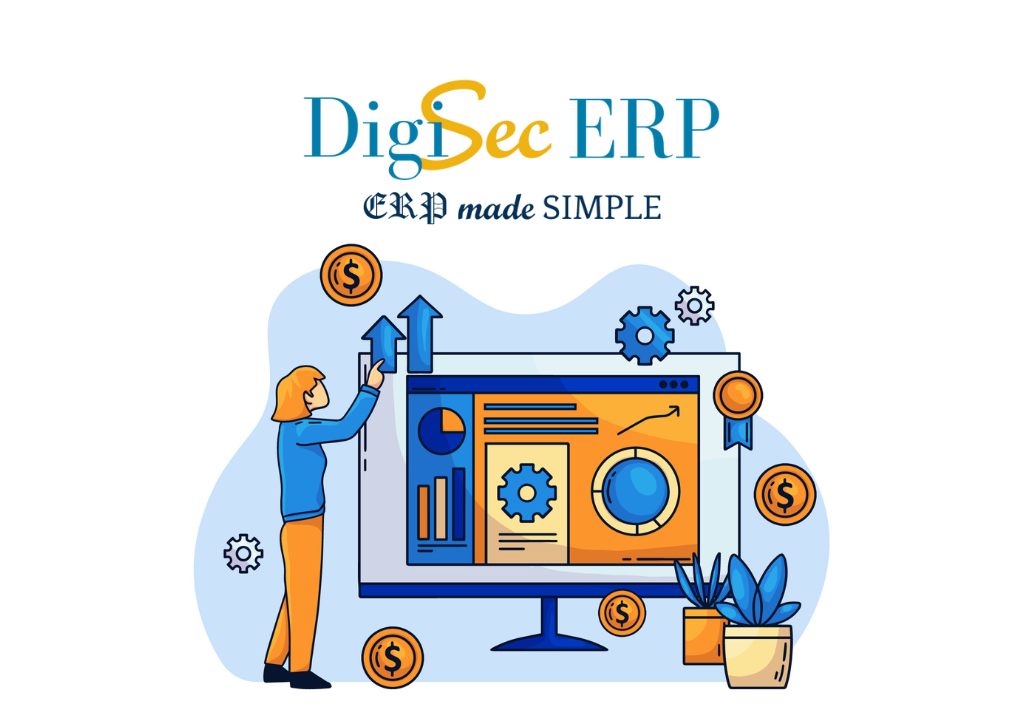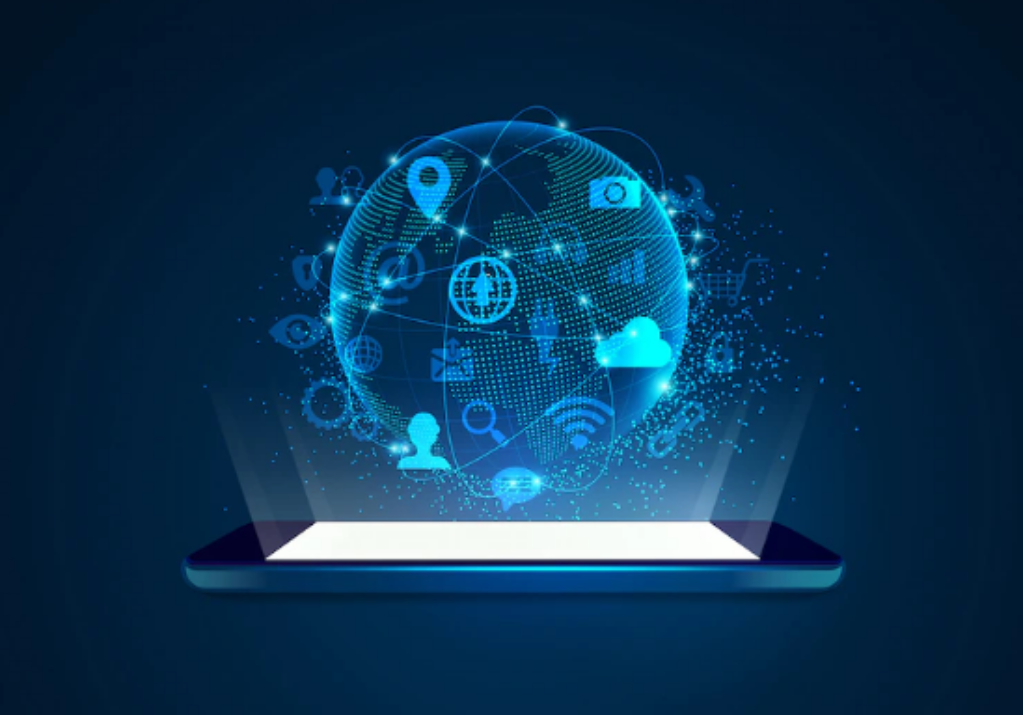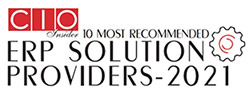
When we take a perspective look, it is a fact that the evolution of business management technologies has played a leading role in driving many of today’s established organizations to the path of success. In today’s day and age, we identify ERP software as not only a solution, but in the last half-decade, we have seen ERP solutions evolve into versatile and multi-faceted tools that help small, medium, and large organizations run their business. But this technology has also witnessed many advancements and diversifications that have enabled ERP to drive forward a business’s performance and offer many benefits along the way.
“How has ERP evolved over the Years”
Well ERP has always been one of those “Ever Evolving Technologies” because of its versatility, however, technically it has a long history that can be traced back to the 1960s, when early software systems were based on automation for a single function only, such as inventory management.
It began with the introduction of Material Requirement Planning (MRP) in the 1970s and 1980s.
MRP further evolved and was called MRP II, with the integration of all aspects of the manufacturing process, including materials, finance, and human relations.
In the 1990s, proper ERP software entered the domain with full integration of entire business across one single database in order to create agile adaptations to the demands of the market.
Onset of Digitization

With the changes in consumer behavior, the onset of new technologies, changes in the way business evolved and Government Policies changed, the world became Flat, and physical boundaries disappeared – Digitization became the focus area of all businesses and ERP its center Point.
Cloud Computing

The most recent iteration of ERP solutions has been seen adopting cloud-based technologies to operate seamlessly off-site. This has been possible due to crucial developments in network systems that allow whole software packages to be transferred online. Now the user has no need to spend their capital on expensive machinery to run an ERP solution on-site when it can seamlessly work off-site through cloud-based solutions.
Industry 4.0

Industry 4.0 opens a new paradigm to Automation and Digitization. Now ERP cannot work in a Silo. It needs to talk and communicate with various applications around it which are built to address specific niche needs of the Organization. This will transform the ERP into being Smart Intelligent ERP.
These integrations are not limited to:
- Industrial IIoT
- Banking
- Warehousing & Mobility
- Sales Force & Channel Automation
- Task Management and the list goes on.
These intelligent ERP systems (iERP) can theoretically use advanced data analytics to lend incredible predictive power to large business operations on a global scale.
Conclusion: Adapting Custom ERP for Organisational Agility
With the fast-changing industry environment and the ever-increasing demands and expectations of not only the customers but also the government, it is becoming increasingly challenging and difficult for Small and Medium Enterprises to keep up to the pace. On one side, they aspire to emulate the LSE (Large Sector Enterprises) and on the other side, they wish to keep a check on their IT spending.
This is where the customized software which is Industry 4.0 compliant play a crucial role. They offer the same ability (and at times much more) as their branded counterparts due to the flexibility in their coding structures.
Tanaashi Technologies is one company an SME can reach out to for their ever-growing organization and digitization needs. They are able to cater to the wide facets of requirements through their state-of-the-art technology products like Digisec ERP, DigiTrace, DigiSec WMS




